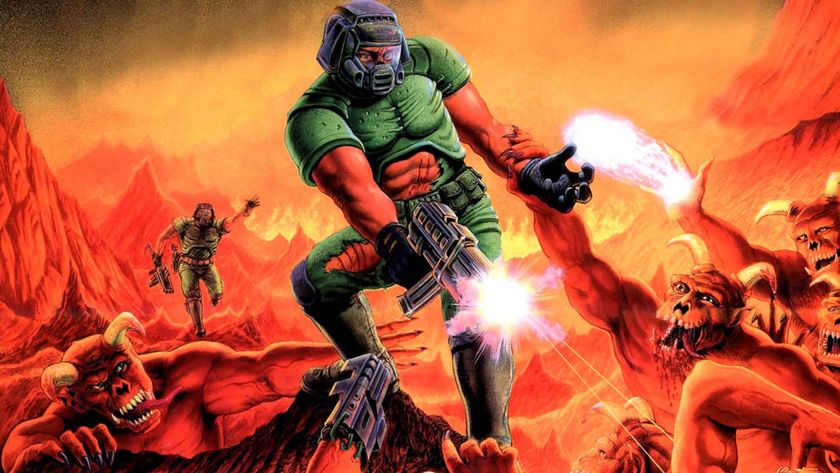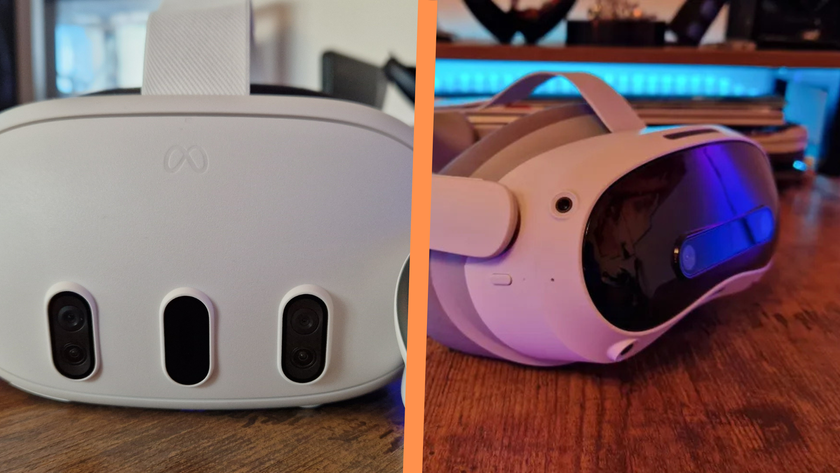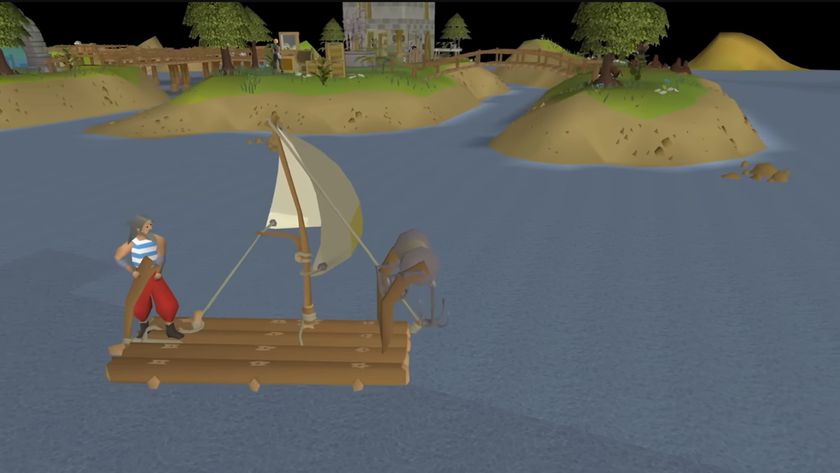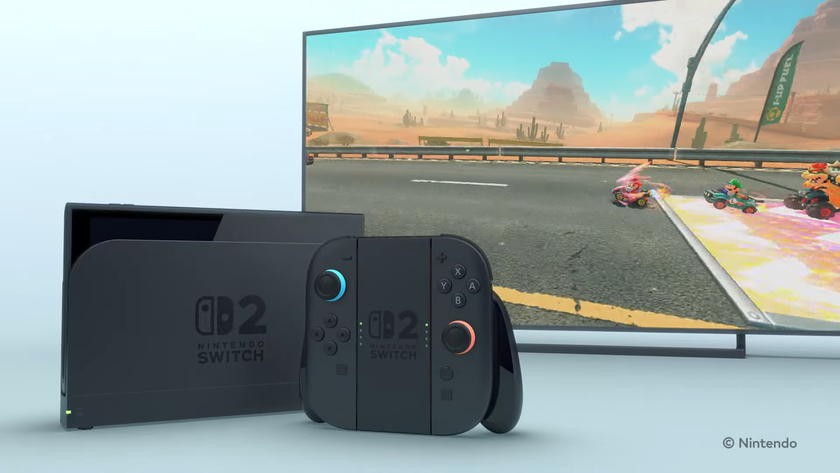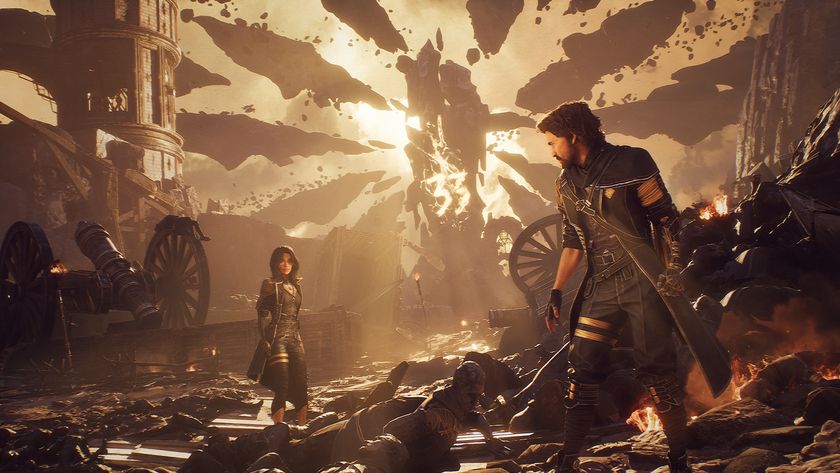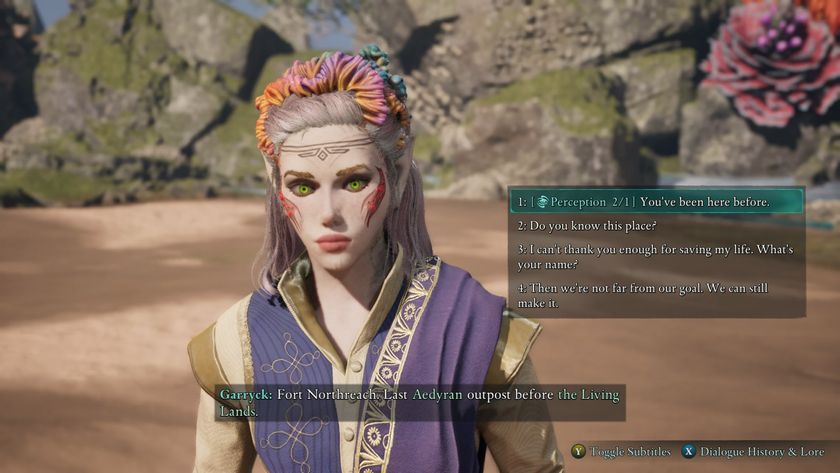At the heart of every Xbox One’s operating system there lurks a Windows kernel, curled up in the darkness like a Chestburster from Alien, awaiting its moment. This can be a disturbing thought. Windows? Why, that’s the same operating system your dad uses to write sternly worded letters to the vicar. What business does it have with Xbox, a hip brand for young people who haven’t succumbed to the siren wail of golf and stamp-collecting? Well, the Windows core means that apps and games designed for Windows tablets, PCs and phones can be transplanted to Xbox One with a minimum of fuss, and vice versa – hence, the console’s steady stream of new apps and Dashboard features. It allows the obsidian behemoth to tap into the boundless riches of PC software.
At its Windows 10 presentation in January, Microsoft took this overlap to a new extreme. Once the latest version of the operating system becomes available, you’ll effectively be able to turn your PC, tablet or even your smartphone into an Xbox One. Thanks to the free Windows 10 Xbox app, you’ll be able to stream gameplay from the console to any Windows device on the same Wi-Fi network. All you need do is pick the game out of your library and bang – there you are, setting up Destiny Raids in the bath like some sort of amphibious telepath. It’s a cheeky way around the technical limitations of phones and tablets, in particular – the Xbox One itself is still in charge of the processing and rendering, while the client device takes care of control inputs and video. Naturally, this also means that a friend (or a remarkably casual house-breaker) can watch TV in your living room without interrupting play.
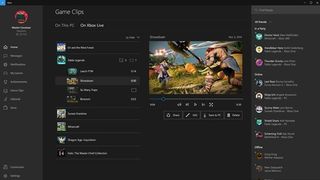
What’s more, the Xbox One app offers many of the social features you’ll find on the console’s Dashboard, such as Friends lists, your profile, game clips and the Activity feed. You can pretty much run your entire Xbox Live existence without ever touching the console, down to switching the machine off remotely. Microsoft will also bring Xbox One’s vaunted Game DVR features to Windows 10, allowing you to bite off a chunk of footage with a simple keyboard command. The app is storefront-agnostic, so it will happily archive your Steam games alongside Windows and Xbox titles.
There are plenty of other Xbox-themed perks on the way to Windows 10 for PC, mobile and tablet owners – the operating system includes a new browser, provocatively titled ‘Project Spartan’, which runs Microsoft’s new voice search app Cortana by default. But what about the benefits of Windows 10 for the Xbox One itself? Try this on for size: Microsoft is looking into the idea of streaming PC games to Xbox One. This could be a huge move, putting it mildly – the Windows-based software market is vast, and while there are control and interface requirements to consider, the thought of EVE Online, Hearthstone or DayZ purring away happily on a console is certainly tantalising.
The manufacturer is also thinking about cross-platform multiplayer for selected titles. Back in 2009, Valve’s Chet Faliszek described this to us as a “gimmick”, pointing out that the speed and precision of mouse and keyboard control vs controllers make for unbalanced multiplayer. It’s a fair observation, but the rise of asymmetrical multiplayer modes means that this is less of a problem. Step forward, the recently unveiled
PC version of Fable Legends, for instance – a showpiece game for the Windows 10 Xbox app, in which a Villain player arranges threats and enemies for the others in top-down RTS view. This is easier with a mouse and keyboard, so the most frantic, enjoyable matches will probably be those that pit Villains on PC against Heroes on Xbox One. The same may be true of many current and upcoming multiplayer titles, such as Tom Clancy’s The Division, which already supports drone-vs-human multiplayer using a tablet.
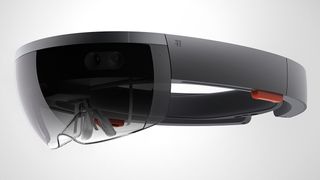
You may be wondering why we haven’t mentioned the other big announcement at the Windows 10 event yet: Microsoft’s HoloLens, a wireless augmented-reality headset that projects 3D graphics onto the world around you, enabling you to manipulate them with voice commands and gestures. The answer is that, as astonishing as it is, HoloLens won’t be directly relevant to Xbox for a while. For starters, the tech is still at the prototype stage, with no release date on the horizon. Secondly, HoloLens comes with its own built-in processors and sensors: it seemingly doesn’t require a console or PC to run (although it’s likely to offer loads of cross-platform features), so don’t go thinking of it as an Xbox peripheral.
Sign up to the 12DOVE Newsletter
Weekly digests, tales from the communities you love, and more
This represents a departure from the ‘Fortaleza’ design brief leaked back in 2012, which posited the ‘Xbox 720’ as a wireless hub serving content to a variety of client devices, including a set of augmented-reality glasses. As with the Fortaleza glasses, HoloLens is being billed as the future of media consumption at large, not gaming in particular. Going by the concept reels, it’ll probably see most use as a means of Skyping people, watching videos and browsing the net. Still, the announcement made no bones of the device’s potential as a gaming platform, with Minecraft featuring heavily in the concept footage. Users will be able to conjure up entire worlds, fitting them neatly to the confines of a living room, so you can squish zombies and poke holes in mountains while you’re wandering around in search of a missing shoe.
It’s not hard to imagine comparable applications for real-time strategy games, or shooters with 3D map screens. When HoloLens does enter the realm of commercial availability, its impact on Xbox – and the digital sphere at large – should be enormous.
The official source for everything Xbox One, Xbox 360, and Xbox Series X. We're also a magazine, covering all things Xbox in the UK and the US. Originally established in 2001, the magazine was discontinued in April 2020.



